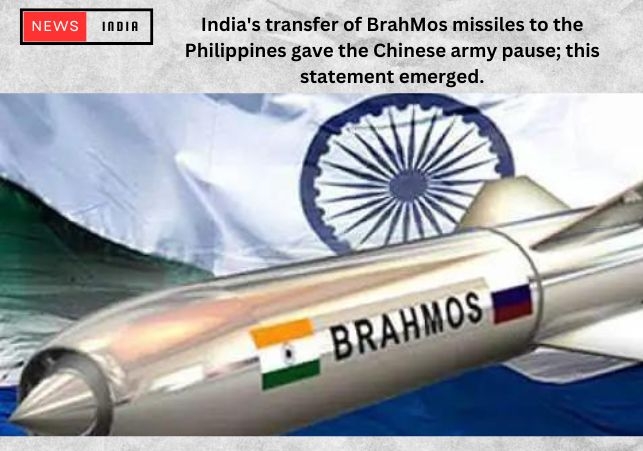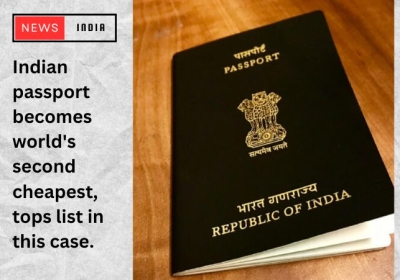India's transfer of BrahMos missiles to the Philippines gave the Chinese army pause; this statement
When a third country does not suffer any harm...", said the Chinese army upon the Philippines receiving Indian BrahMos missiles.
India's Strategic Move: Transfer of BrahMos Missiles to the Philippines Raises Eyebrows in Beijing
When asked about India's transfer of BrahMos missiles to the Philippines, Colonel Wu Qian, spokesperson for China's Ministry of National Defense, stated that China has always believed that defense and security cooperation between the two countries should not harm or pose a threat to any third party. In a move that has captured the attention of regional powers and strategic observers alike, India recently transferred BrahMos missiles to the Philippines, marking a significant development in the geopolitical landscape of the Indo-Pacific region. This transfer, aimed at bolstering the defense capabilities of the Philippines, has not only cemented the growing strategic partnership between New Delhi and Manila but has also sent ripples of concern through Beijing.
The BrahMos missile system, jointly developed by India and Russia, is renowned for its speed, precision, and versatility, making it one of the most potent supersonic cruise missiles in the world. Its transfer to the Philippines signifies India's commitment to enhancing the maritime security capabilities of its allies in the region and promoting stability in the Indo-Pacific amidst evolving geopolitical dynamics.
For the Philippines, a nation situated in a region marked by competing territorial claims and geopolitical tensions, the acquisition of BrahMos missiles represents a significant leap forward in its defense capabilities. With its ability to strike both land and naval targets with pinpoint accuracy, the BrahMos system provides the Philippines with a credible deterrent against potential threats. It serves as a force multiplier for its armed forces.
However, it is not just the strengthening of the Philippines' defense capabilities that has garnered attention, but the implications of this transfer on the regional balance of power, particularly in relation to China. Beijing has long sought to assert its dominance in the South China Sea, a strategic waterway through which trillions of dollars in trade pass annually. The presence of BrahMos missiles in the Philippines enhances Manila's ability to deter any aggressive actions by China in disputed waters, thereby challenging Beijing's hegemonic ambitions in the region.
Unsurprisingly, Beijing has responded cautiously to the transfer of BrahMos missiles to the Philippines. Chinese military officials have expressed concerns over the potential ramifications of this development on regional stability and have urged restraint from all parties involved. Beijing's unease underscores the strategic significance of the BrahMos transfer and highlights the shifting dynamics of power in the Indo-Pacific.
For India, the transfer of BrahMos missiles to the Philippines represents a calculated strategic move aimed at consolidating its influence in the region and countering China's assertive behavior. As part of its 'Act East' policy, New Delhi has been actively seeking to deepen its engagement with Southeast Asian nations and strengthen defense cooperation to promote peace and stability in the region.
Moreover, the BrahMos transfer serves as a testament to the growing convergence of interests between India and the Philippines, both of whom share concerns over China's expanding footprint in the Indo-Pacific. By bolstering the defense capabilities of its allies, India aims to foster a more balanced and multipolar regional order that respects the sovereignty and territorial integrity of all nations.
In conclusion, India's transfer of BrahMos missiles to the Philippines represents a strategic maneuver with far-reaching implications for regional security and stability. While it enhances the Philippines' defense capabilities and strengthens India's ties with its allies in the Indo-Pacific, it also serves as a subtle message to Beijing that New Delhi is prepared to assert itself in the face of growing Chinese assertiveness. As tensions continue to simmer in the South China Sea, the transfer of BrahMos missiles underscores the complexities of geopolitical competition in the Indo-Pacific and the evolving dynamics of power in the region.


.png)



